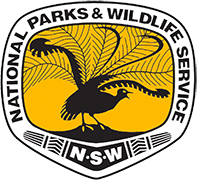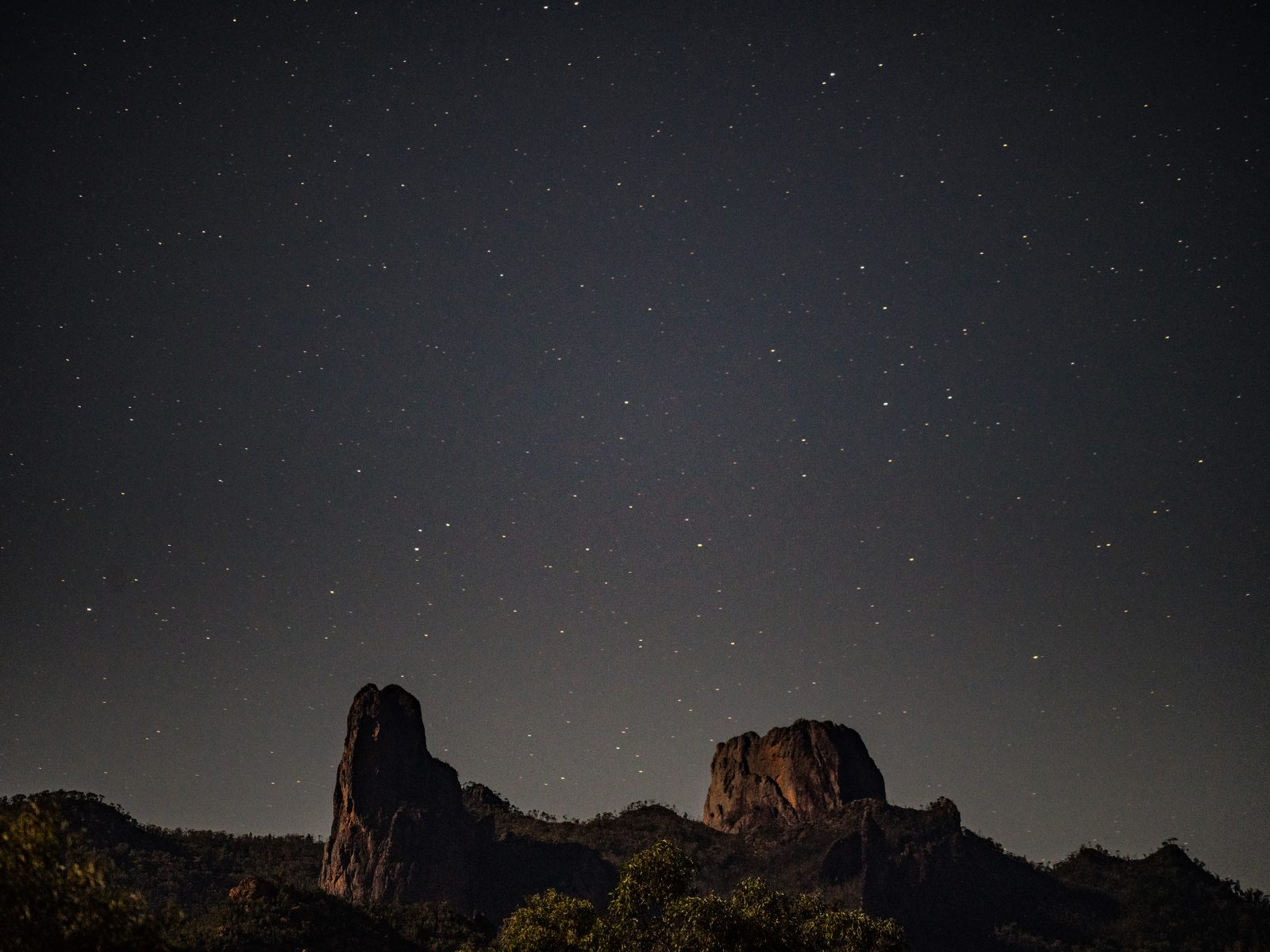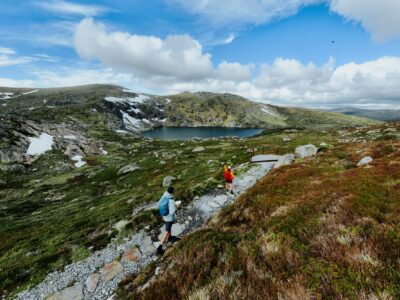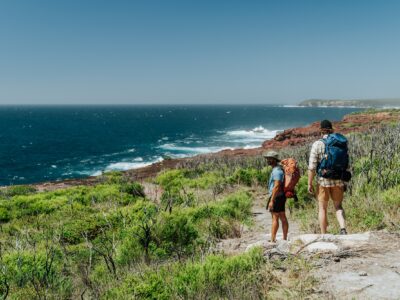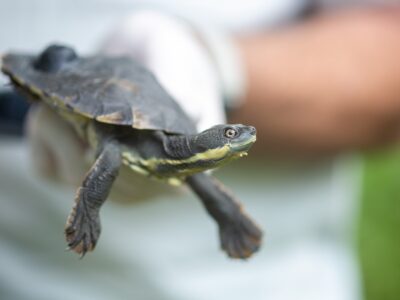On the International Dark Sky Association’s elite list of dark-sky places, the first in the southern hemisphere is Warrumbungle National Park in NSW’s Central West. A top destination for amateur astronomers, night photography and nocturnal animals.
-
Oh starry night
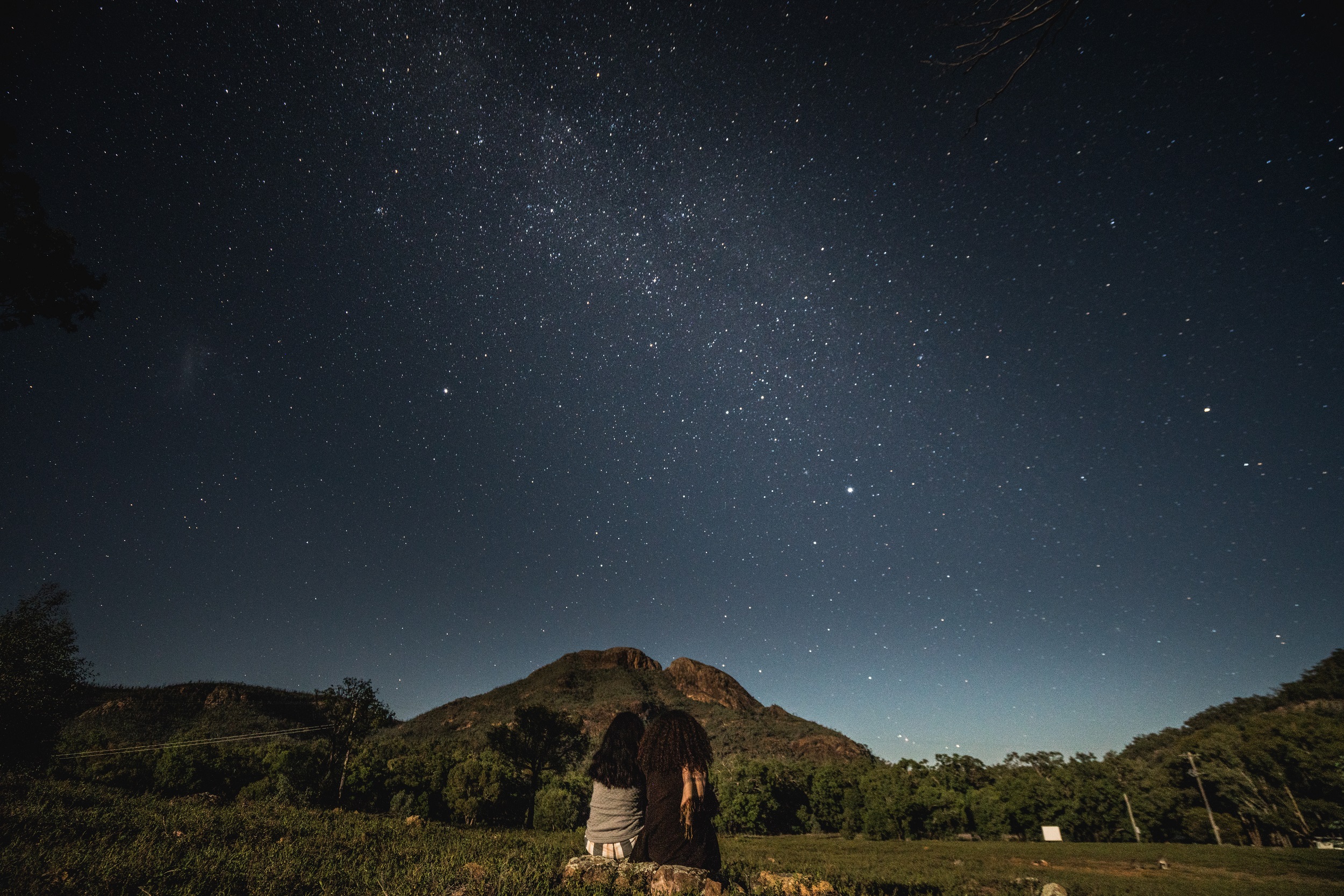 Photo Information
Photo InformationNo need for Netflix out here.
Warrumbungle National Park
Rob Mulally / DCCEEW
The accolade has to do with those crystal-clear skies far from the smog of the city, plus low humidity, high altitude (505m) and being just a stone’s throw away from the top-notch Siding Spring Observatory, set up by the Australian National University in Coonabarabran. Size does matter when it comes to telescopes and here you’ll find the largest optical (visible light) telescope in Australia: the ‘Anglo-Australian’, which is housed in a tower that looks a bit like a giant R2D2.
Though Siding Spring is a working research observatory with no public stargazing facilities, you can make your car a spaceship and go on the Solar System drive, where scaled 3D models of each planet are placed along the roads into Coona, with Siding Springs representing the Sun. It’s the world’s largest virtual solar system, which is pretty cool.
For astronomy nerds who won’t take no for an answer, there are a bunch of private observatories in Coona that put on regular night shows, but call them first as it’ll depend on weather conditions. Milroy Observatory, 6km east of the park, runs nightly stargazing sessions led by comet-discoverer Donna Burton.
-
Sleep under the stars
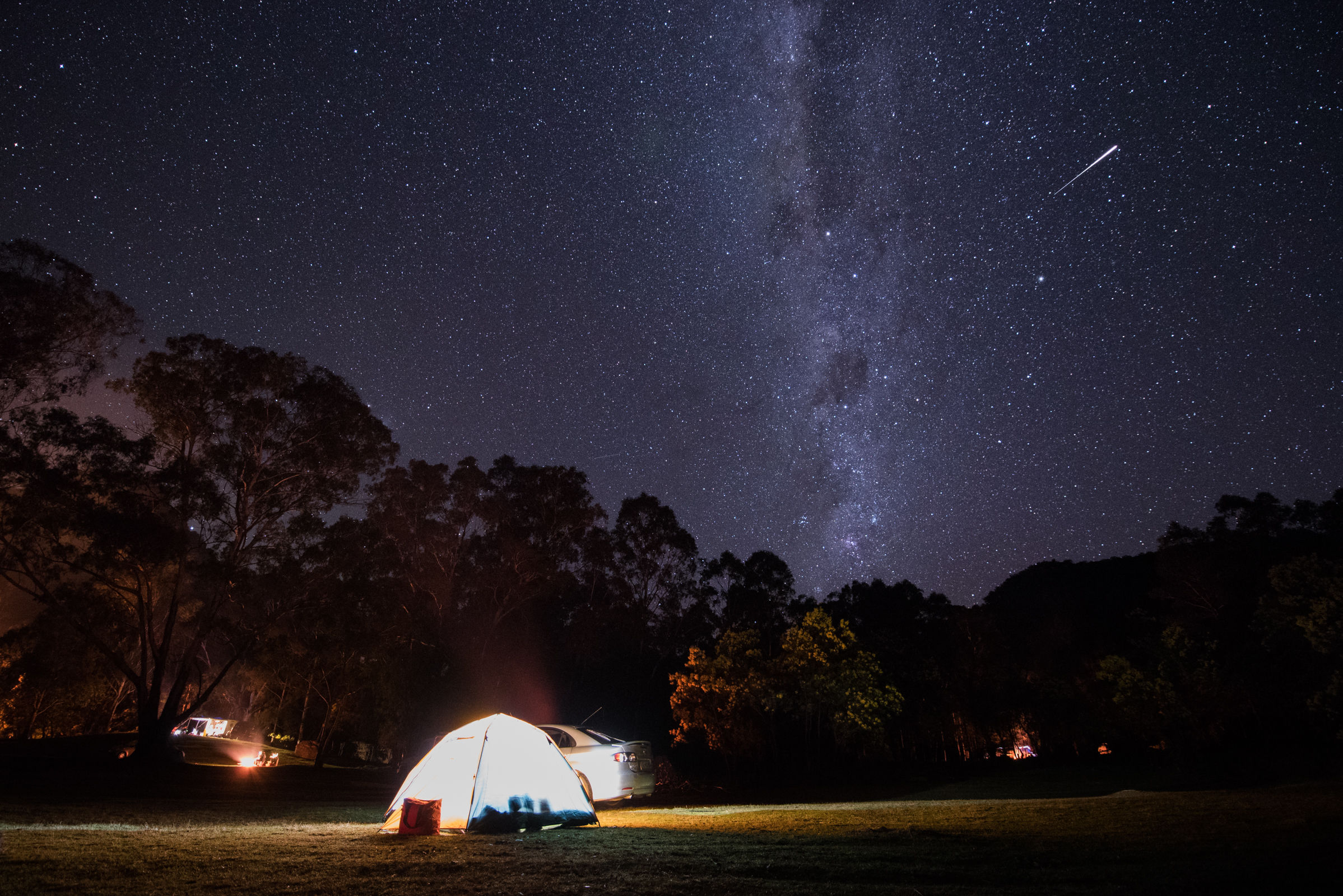 Photo Information
Photo InformationAdrian Mascenon
Balor Hut is a retro cabin located along the Grand High Tops. It has four double bunks plus the option to pitch tents. Either way, bring bedding and ‘supplies’ if you want to survive the backcountry camping with your dignity intact. It has magical views of the Breadknife – a volcanic dyke that reaches a whopping 90m tall – and you can gaze at the stars from your sleeping bag.
Remote Burbie Camp is based near a natural spring, Camp Blackman suits caravans and trailers with more of the creature comforts (hot showers and BBQs!) and there are many more campgrounds to boot. You’ll never be better placed to pull out the snags and toasted marshmallows around the campfire.
-
Epic rock formations and equally rocking wildlife
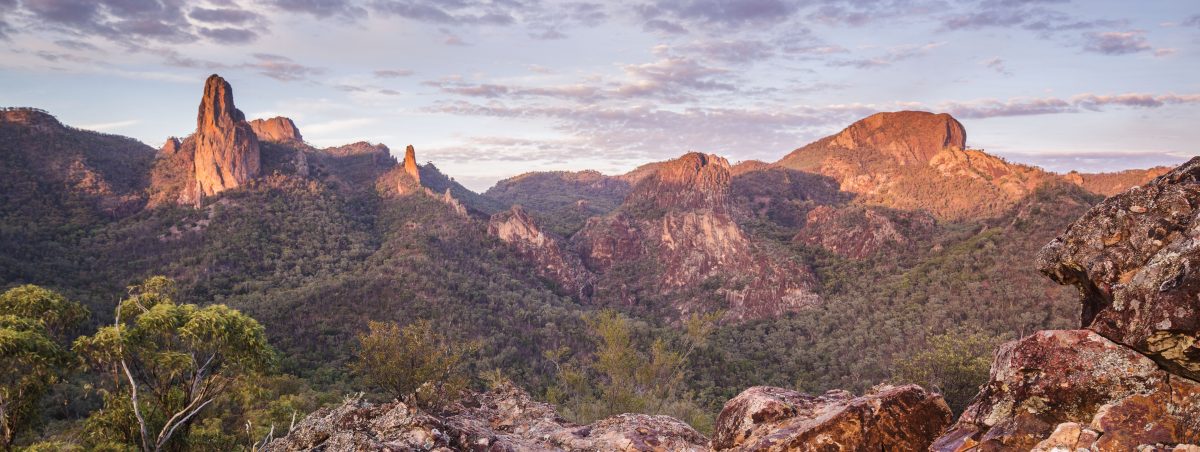 Photo Information
Photo InformationBreadknife and Grand High Tops
Warrumbungle National Park
Simone Cottrell/DPIE
The geology of this park is awesome, with some rock-solid examples of volcanic action. The best is probably the Breadknife, and there’s a special hike the Breadknife and Grand High Tops walk that you can do to take this in, it’s considered one of the state’s most impressive walks. The combination of mad rock formations and a big sky of light make this place a photographer’s dream.

Photo InformationWarrumbungle National Park
Rob Mulally/DPIE (2018)

Photo InformationEmu
Warrumbungle National Park
Rob Mulally/DPIE (2018)
There’s some pretty sweet wildlife here, like emus, wedge-tailed eagles and – the one you’ll hear while lying under the stars – the southern boobook owl. When you’re walking through the bush, look out for blue-tongued lizards and lace goannas.
Did you know: Warrumbungle National Park was ravaged by fires in 2013 (almost 90% of the park was burnt) and a lot of work has gone into rebuilding walking tracks, campgrounds and other visitor sites.
Whether you’re an amateur astronomer equipped with homemade telescope and asteroid tracker or you’re looking for a romantic getaway, leave the light pollution behind for a weekend and head to the stars.
Press to open with Google Maps

